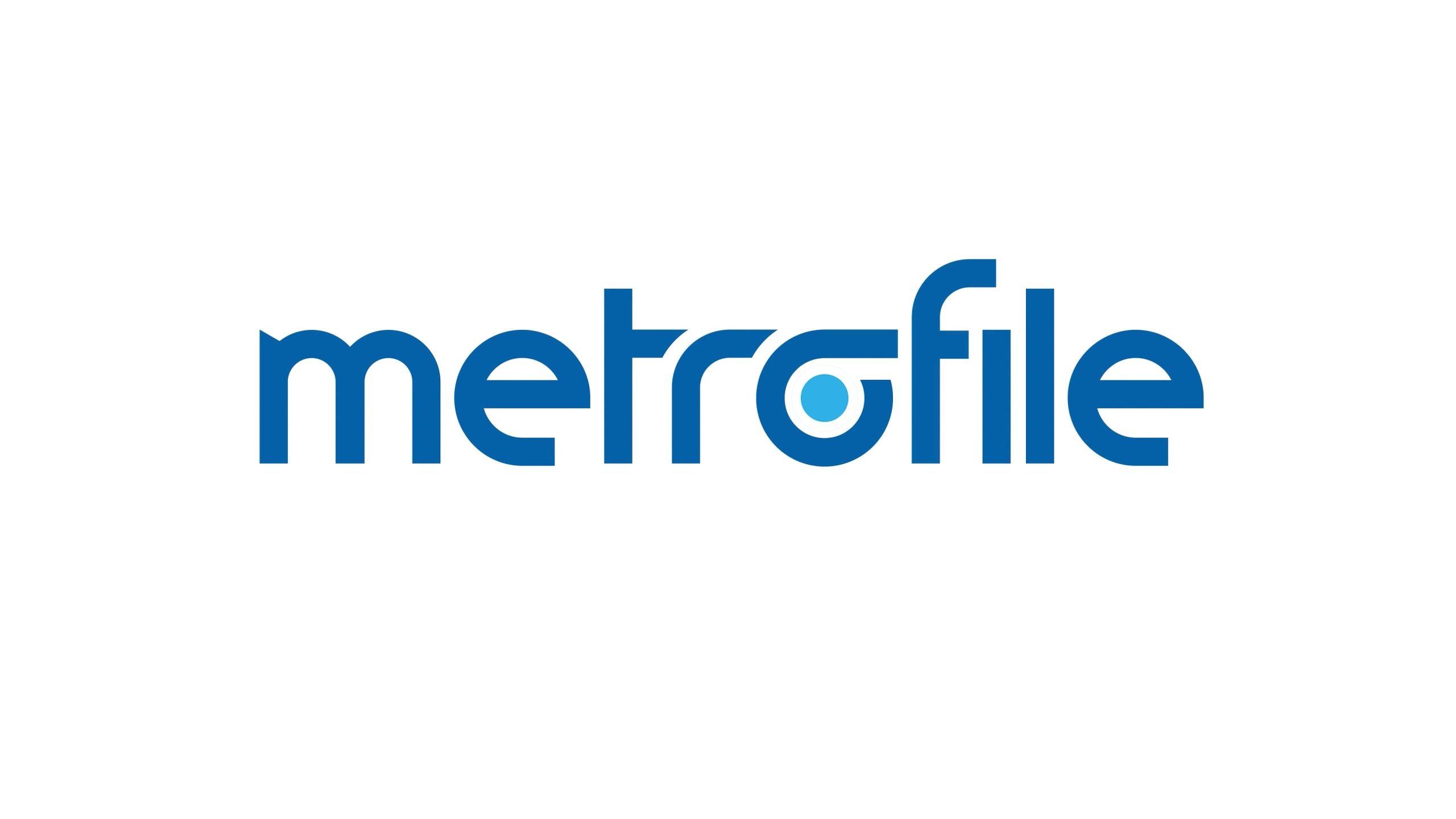Introduction
Organising records and information is crucial for operational efficiency, customer relationship management, and business development. In today’s digital age, companies are increasingly recognising the need to implement an electronic document management (EDM) system and digitise existing physical documents. This transition not only streamlines processes but also helps businesses stay competitive and compliant with regulatory requirements.
Legal and risk implications
Converting company records to a digital format and implementing a new EDM system can have legal and risk implications. It is essential to ensure that the migration process is carefully planned and executed to avoid potential issues such as data breaches, loss of critical information, or non-compliance with data protection regulations. Employing a reputable records management service can help mitigate these risks by providing expert guidance and support throughout the migration process.
Data protection compliance
The Protection of Personal Information (POPI) Act and the General Data Protection Regulation (GDPR) is a critical consideration when going paperless. This legislation governs the collection, processing, storage, and sharing of personal information, requiring companies to implement adequate safeguards to protect the privacy of individuals. Implementing effective information destruction practices in line with POPI requirements is crucial to ensure that sensitive data is securely disposed of once it is no longer needed.
Track and Trace system
A “track and trace” system offers numerous benefits for companies looking to enhance their records management processes. This technology allows businesses to monitor and manage the movement of physical documents and assets throughout their lifecycle, preventing misfiling or lost documents, facilitating inter-filing and additions to “live” physical files, providing a full audit trail, and saving time and money.
Use Cases
The following examples demonstrate the benefits of implementing a “track and trace” system:
- Healthcare provider: A large healthcare provider implemented a “track and trace” system to manage its extensive collection of patient records. By doing so, the organisation significantly reduced the time spent locating and retrieving files, resulting in increased efficiency and improved patient care.
- Financial institution: A financial institution adopted a “track and trace” system to better manage its loan documentation. This allowed the company to quickly and easily locate critical documents, reducing the risk of non-compliance with regulatory requirements and enhancing its overall risk management strategy.
- Manufacturing company: A manufacturing company utilised a “track and trace” system to monitor the movement of high-value assets throughout its facilities. This enabled the company to maintain accurate inventory records, prevent theft, and optimise asset utilisation.
Conclusion
In summary, implementing a “track and trace” system offers numerous benefits for companies looking to improve their records management processes and ensure compliance with regulatory requirements. By leveraging technology and partnering with reputable records management service providers, businesses can successfully transition to a digital environment, enhance operational efficiency, and protect the privacy of personal information.





